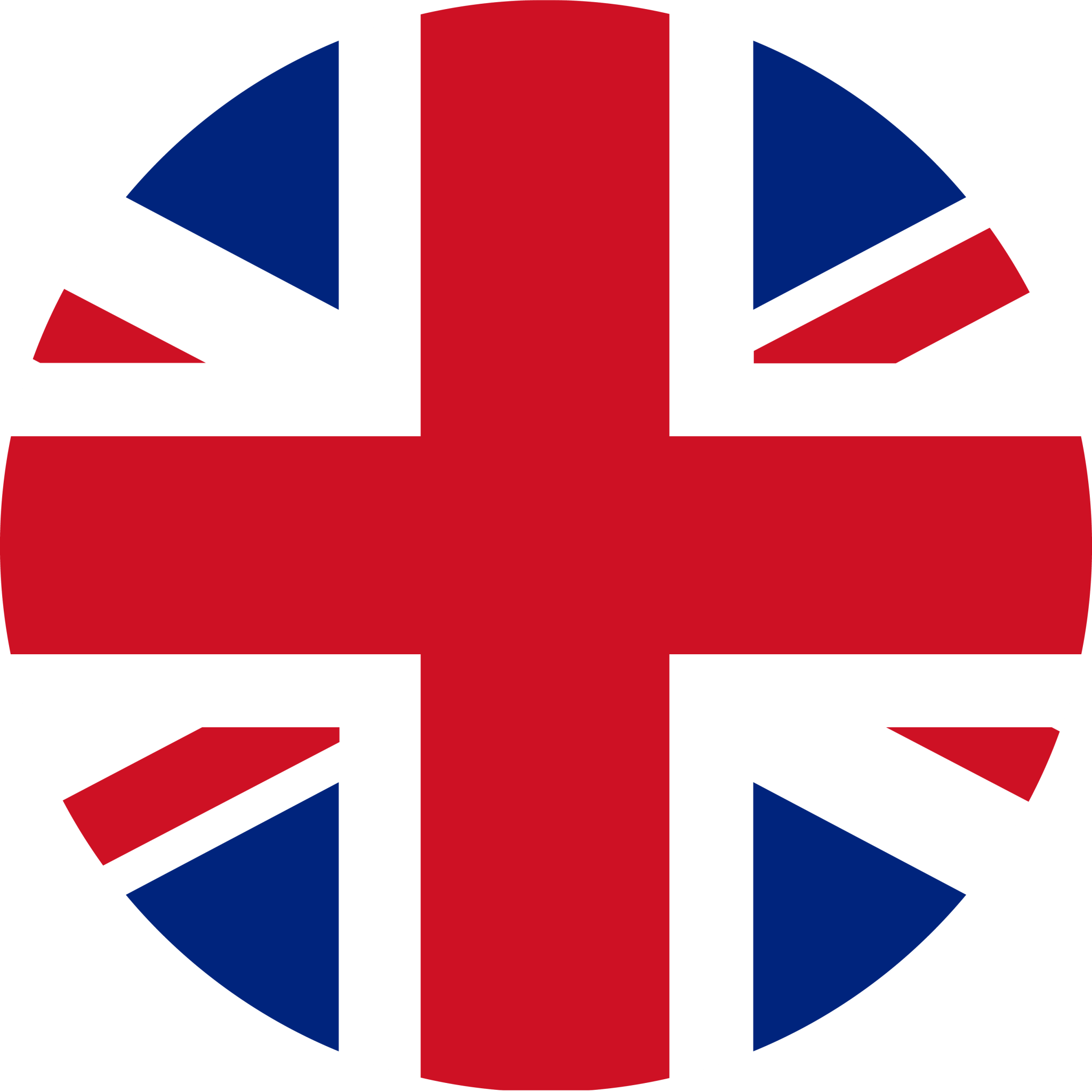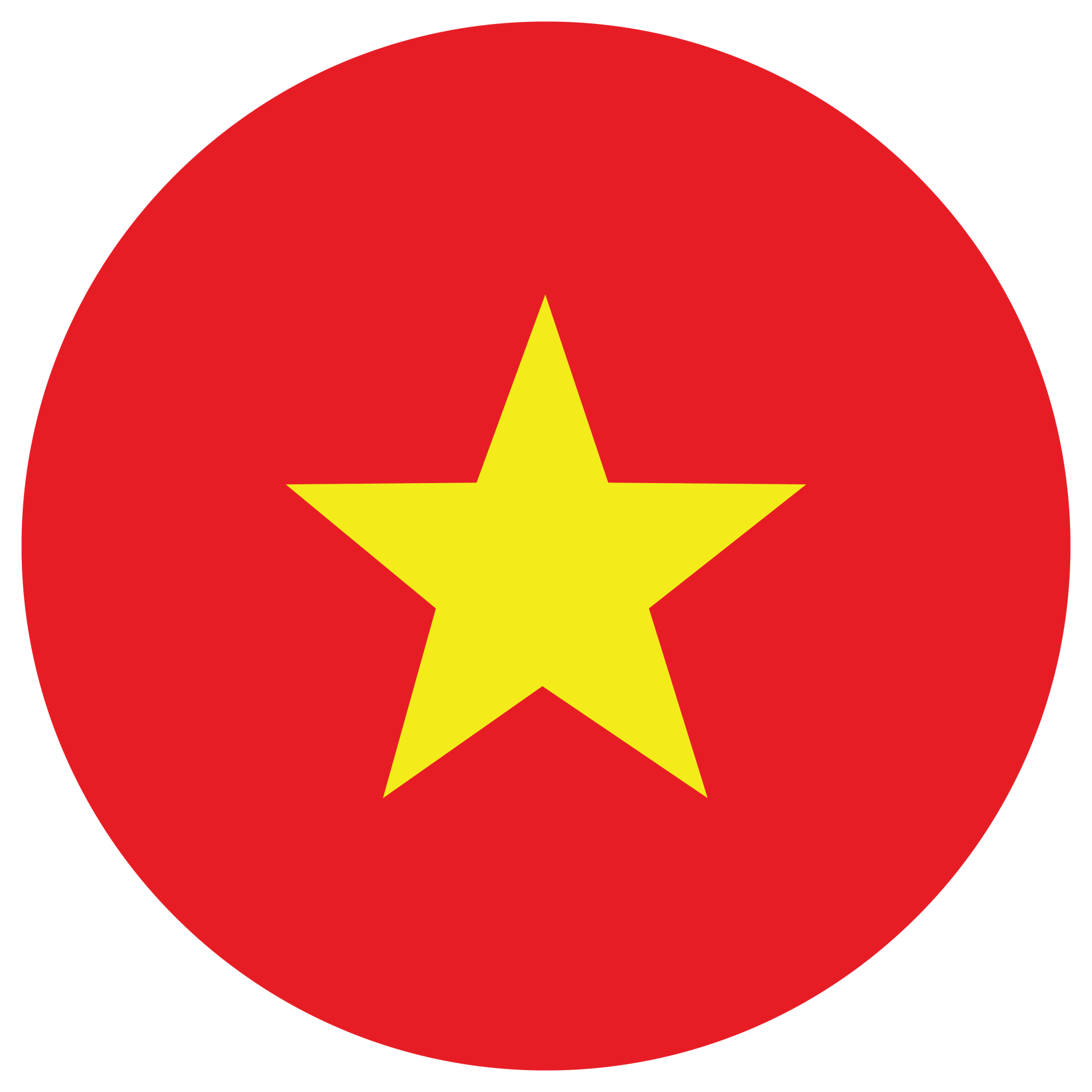Houses are more than just buildings; they are places where we create memories, relax, and spend time with family. Each part of a house plays a special role, from the kitchen where delicious meals are prepared to the living room where we watch TV and play games. Understanding the vocabulary for different parts of the house is essential because it allows kids to describe their own homes, talk about what they do in each room, and follow along in conversations or stories about everyday life. When children know these words in English, they can express themselves better, ask for things more easily, and build their communication skills.
In this blog post, we’ve prepared a fun and informative guide to help kids learn the names of the different parts of a house. Whether you’re talking about your bedroom, the kitchen, or the backyard, knowing these words will help you describe your home with confidence. So, let’s dive into house vocabulary and explore the different rooms and areas that make a house feel like home.
Learn English with EnglishCentral Kids
Would you like to take your child’s learning journey further? EnglishCentral Kids provides a fun and successful education with 25 minute one-on-one lessons for all ages and levels, along with lesson reports afterwards. There are fun and educational video lessons for your child to explore, and an AI tutor MiMi that will help your child with their English learning journey. Quizzes, interactive activities and entertaining vocabulary learning tools are gathered all on one platform and tailored according to your child’s level and needs.
Sign up to EnglishCentral Kids today for your child, keep learning and practicing!
Parts of the House
A house is made up of many different parts, each with its own special purpose. From cozy bedrooms to busy kitchens, every room helps make a home comfortable and functional. Knowing the names of these parts is important for talking about where things are or what you’re doing. Let’s explore the different parts of a house and learn what they’re called.
| Bedroom | Living room |
| Kitchen | Bathroom |
| Dining room | Laundry room |
| Garage | Guest room |
| Study | Basement |
| Attic | Playroom |
Example Sentences About Parts of the House
Let’s work on the words we just learned with some example sentences.
– I need to brush my teeth in the bathroom.
– We like to watch TV in the living room.
– Mom is cooking in the kitchen.
– We eat dinner in the dining room.
– I put my dirty clothes in the laundry room.
– Dad is cleaning the car in the garage.
– We have a guest room for visitors.
– I like to do my homework in the study.
– We store old toys in the basement.
– The Christmas decorations are in the attic.
– I love playing with my toys in the playroom.
Furniture Vocabulary
Furniture is an important part of every home; it helps make rooms comfortable, useful, and stylish. From soft sofas to sturdy tables, each piece has a purpose and a place. Learning furniture vocabulary is helpful for describing rooms, asking for things, or even setting up your own space. Let’s look at some common furniture words and see what they’re used for.
| Painting | Sofa |
| Chair | Coffee table |
| Bed | Wardrobe |
| Bookshelf | Dresser |
| Lampshade | Curtains |
| Carpet | Lamp |
| Blanket | Television |
| Nightstand | TV stand |
Example Sentences About Furniture
Here are some example sentences for you to expand your knowledge.
– There’s a beautiful painting on the wall.
– I love sitting on the comfy sofa.
– This chair is perfect for reading.
– We put our drinks on the coffee table.
– My bed is so soft and cozy.
– I hang my clothes in the wardrobe.
– The bookshelf is full of my favorite stories.
– My dresser has all my clothes neatly folded.
– The lampshade makes the light softer.
– I open the curtains every morning to let the sunlight in.
– The carpet feels warm under my feet.
– I turn on the lamp when it gets dark.
– I sleep with my favorite blanket.
– We watch cartoons on the television.
– I keep my alarm clock on the nightstand.
– The TV stand holds the television and some books.
Kitchen Vocabulary
The kitchen is one of the busiest parts of a home. It’s where meals are prepared, snacks are grabbed, and sometimes even where families gather to chat. Knowing kitchen vocabulary helps describe what you need, follow recipes, and talk about cooking. Let’s explore the words that make the kitchen a fun and useful place.
| Stove | Refrigerator |
| Dishwasher | Blender |
| Knife | Fork |
| Spoon | Cutting board |
| Plate | Glass cup |
| Pot | Can opener |
| Cupboard | Paper towel |
| Bowl | Freezer |
| Pan | Oven |
| Microwave | Dish soap |
Example Sentences About Kitchen Vocabulary
It’s time to learn how to use our vocabulary knowledge in sentences.
– I cook dinner on the stove.
– We keep the milk in the refrigerator.
– The dishwasher washes the dishes for us.
– I use the blender to make smoothies every morning.
– Be careful with the knife when you cut vegetables.
– Can you pass me the fork, please?
– I need a spoon for my soup.
– I chopped the vegetables on the cutting board.
– We put the food on the plate.
– I drank juice from a glass cup.
– Mom makes soup in the pot.
– Can you open the can with the can opener?
– The plates are in the cupboard.
– I wiped the table with a paper towel.
– I eat my cereal in a bowl every day.
– We keep ice cream in the freezer.
– I fried eggs in the pan this morning.
– I bake cookies in the oven.
– We heated our food in the microwave.
– I washed the dishes with dish soap.
Bathroom Vocabulary
The bathroom is where we start and end our day, getting clean and refreshed. It’s filled with everyday essentials that help us take care of ourselves. Learning bathroom vocabulary is helpful for describing your routine or asking for what you need. Here are some important bathroom words to know!
| Mirror | Sink |
| Toilet | Soap |
| Toothbrush | Toothpaste |
| Shampoo | Comb |
| Shower | Mouthwash |
| Hair dryer | Shelf |
| Nail clippers | Bathtub |
| Perfume | Cotton swabs |
| Face cream | Bathrobe |
Example Sentences About Bathroom Vocabulary
We can use these words in sentences to talk about the furniture in our bathroom- here are some examples.
– I brush my teeth with my toothbrush and toothpaste.
– I wash my hands with soap at the sink.
– The toilet is next to the sink.
– I use shampoo to wash my hair in the shower.
– I comb my hair with a comb after I take a shower.
– I spray some perfume after I get ready.
– I apply face cream every night.
– I dry my hair with the hair dryer after washing it.
– You can find extra towels on the shelf in the bathroom.
– I use nail clippers to cut my nails.
– I like to relax in the bathtub with bubbles.
– Don’t forget to rinse your mouth with mouthwash.
– I look at myself in the mirror to see how I look.
– I use cotton swabs to clean my ears.
– After my bath, I wear my bathrobe to stay warm.
Frequently Asked Questions About English for Kids – Parts of the House
What are some common parts of the house kids should know in English?
Some common parts of the house include the kitchen, living room, bathroom, bedroom, and dining room. These are places kids spend a lot of time in and need to talk about in everyday conversations.
How can learning house vocabulary in English help my child?
It allows your child to participate in conversations, follow instructions, and describe their home environment. It also supports their language development and prepares them for school-related activities in English.
Can learning parts of the house in English help my child with other subjects?
Yes, it helps children understand instructions in English, participate in group activities, and enhances their overall communication skills, making it easier to learn other subjects in English.
How can I make learning parts of the house fun for my child?
You can turn it into a game by asking your child to point to different rooms or items in the house and name them in English. You could also use songs or videos to make the learning process more engaging.
You can access everything your child needs to learn English on a single platform! With 25-minute live lessons guided by teachers specialized in child education, entertaining and instructive interactive videos designed for child development, vocabulary learning tools, the AI Tutor MiMi, quizzes, and interactive activities, EnglishCentral Kids offers a personalized and quality education plan tailored to your child’s needs at affordable prices. How about registering for EnglishCentral Kids now and starting your child’s English learning journey?











